The math and English exams for the 2025 high school graduation exam are considered to be much more difficult than the sample exam published at the end of 2024. The proportion of questions at the application and high application levels is dominant, while the questions at the recognition and comprehension levels, which are the places for average students to make up for their points, are significantly reduced. This means that many students may not achieve the desired results.
Forget about graduation goals?
In essence, the high school graduation exam is designed to assess the output, to recognize graduation for students. However, the way the exam is constructed this year is more of a classification, more suitable for university admissions. This bias not only makes it unfair but also puts the majority of candidates, especially those with average academic performance, at a disadvantage. A graduation exam needs to ensure that all students have the opportunity to demonstrate their basic abilities, instead of just serving the purpose of screening for universities.
A lecturer at Hanoi National University shared that if the exam was only for university admissions, the difficulty of the test would not be a problem, but for about 400,000 students who only need to graduate, this level of difficulty is unnecessary and puts too much pressure. Increasing the difficulty level as in 2025 risks losing fairness, especially for students with average academic performance.
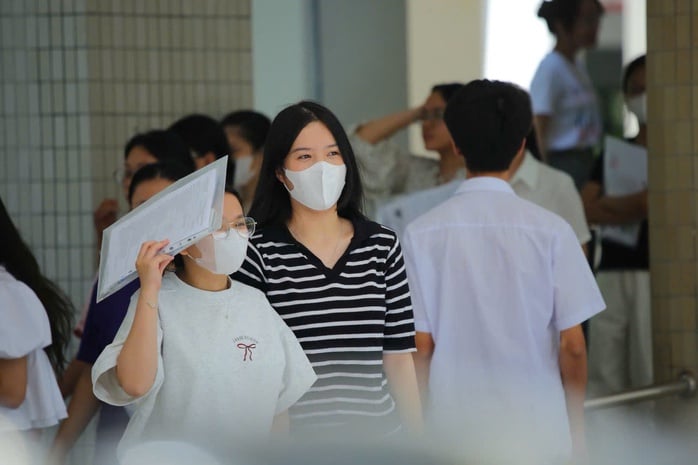
Many students are sad and worried after finishing the 2025 high school graduation exam. Photo: BICH VAN
An examination expert also commented that the language and the way questions are asked in the exam are also a big problem. Many exams have questions that use long texts, complex structures, and are sometimes highly academic, which are not suitable for high school students. The questions are also roundabout and abstract, requiring reading comprehension and analysis skills far beyond the ability of an average student. Even in math, there are questions that require complex integrated thinking. This makes reading and understanding the exam a challenge that causes many students to "collapse".
Technically, the test development process also revealed many limitations. The matrix should be a tool to help ensure the balance of knowledge content, cognitive level and competency orientation according to the 2018 GeneralEducation Program. However, in reality, many units have identified the matrix with the question distribution table and used software to randomly draw questions without detailed specifications. The confusion between "matrix" and "test specification" has caused the test development process to be completely separate from the program's requirements, causing a loss of standards in testing and evaluation. As a result, the test codes are uneven, with differences in difficulty and imbalance in content.
Notably, the exam is still built using the traditional method - based on the experience of the expert team, without support from a standardized question bank. Without standard data on difficulty, discrimination, and no large-scale testing, the questions are prone to being subjective, inconsistent between subjects and exam codes. This not only reduces the scientific nature of the exam but also directly affects the rights of candidates.
Teaching - learning - testing are not unified
One of the underlying causes of these shortcomings is the lack of consistency between the learning context of students and the way teaching and assessment are organized. The 2025 exam cohort is the first to study under the 2018 General Education Program, and has been heavily affected by the COVID-19 pandemic during grades 9 and 10 - the two foundation years. Prolonged online learning has seriously affected the quality of knowledge, skills and learning psychology of students.
The principal of a high school in Hanoi assessed that the current curriculum does not prepare students for the types of questions that require logical thinking and complex problem-solving skills like those in this year's graduation exam. This is especially disadvantageous for candidates in disadvantaged areas where learning conditions are limited.
While the 2018 General Education Program requires the development of thinking, problem-solving and self-study skills, in reality, teaching in many localities still focuses on practicing questions, memorizing and reviewing by heart. Students have not been fully trained in integration skills, data analysis or critical presentation - the necessary skills to handle high-level application questions in the exam. When faced with exam questions designed to assess competency, many candidates fall into a passive and disoriented state.
Furthermore, many questions in the exam far exceed the scope and level presented in the textbooks, making it difficult for students, even if they study systematically, to meet the requirements. The difference between the sample questions and the official exam questions further increases confusion, pushing students into a spiral of practicing questions and studying extra to "guess the questions". This is said to eliminate the goal of developing self-study capacity - one of the core values of the 2018 General Education Program.
Need transparency in the exam process
An examination expert said that to overcome the above shortcomings, there needs to be fundamental adjustments in the process of developing and implementing the exam. Firstly, the exam needs to return to the graduation assessment goal, prioritizing basic-level questions to ensure that average students can achieve the minimum score. The classification for university admissions should be clearly separated, possibly through separate exams or additional tests. Secondly, the exam development process needs to be based on a standardized question bank, tested in practice for difficulty and discrimination. "The Ministry of Education and Training needs to make the exam development process transparent and provide clear guidance to teachers and students. Organizing small-scale test trials before applying them widely is necessary to verify the level of suitability," this expert suggested.
NOTEBOOK: Too difficult test is unfair!
When I tried to solve the English exam for the 2025 high school graduation exam at level B2 without much time, I checked the answers online and got 32/40 correct, which means 8 points. The reading passage about greenwashing is extremely difficult in terms of vocabulary, sentence structure, question posing, and trap answers. If you don't practice, you will lose points.
I lost most of my points on this test, and I even chose again and again. The Project Farming reading test is equally difficult. The sentence structure and vocabulary are a little better than greenwashing, but candidates at B1 level still need to be very solid to get all the questions correct. Even students who meet the English output standard of the Ministry of Education and Training at B1 according to the CEFR framework will find it difficult to get 8 points on this test unless they practice this type of question thoroughly.
So, for a test for high school graduation purposes, for students nationwide, regardless of region, is the difficulty of this test reasonable?
It is true that English is an elective subject, only students who are confident in their English level can register for the exam, but the exam with 10 questions in the greenwashing test is all high-level language reasoning, not to mention scattered questions from other tests, is really "brain-aching" and getting a score of 7 is already difficult.
This test once again shows the inequality in learning opportunities for students from different families and different schools. Without good teachers to train them well, without money to go to extra classes to have someone to help them, there is no chance of getting high scores and getting into a good university that uses English for admission.
The uproar over the exam once again raises the question of whether the "2 in 1" exam is an unstable issue? Many opinions say that the "2 in 1" exam, that is, the high school graduation exam, serves a dual purpose, so the exam must both assess the students' specific abilities in each subject according to the program's requirements to recognize and grant them a graduation certificate; on the other hand, the exam must differentiate the students' abilities to select good students to enter good universities. However, the two goals are difficult to achieve in one exam because this exam, as its name suggests, is for all students. The goal is to assess the level of achievement of students after 12 years of high school compared to the program's requirements.
As such, exit exams are typically criterion-referenced assessments. Criterion-referenced tests compare a person's knowledge or skills to a predetermined standard, learning objective, performance level, or set of criteria. Criterion-referenced tests typically use scores called "cut scores" to classify students into "below average," "average," and "above average" levels.
Therefore, the questions in this test must follow the curriculum, ranging from easy to average to above average. Even above average does not mean that it is above the curriculum. This test must not disadvantage disadvantaged groups or seek to exclude them!
Dr. Nguyen Thi Thu Huyen (Director of Vietnam Bilingual Education Academy)
Source: https://nld.com.vn/nhin-lai-de-thi-tot-nghiep-thpt-2025-mon-toan-va-tieng-anh-qua-moi-qua-kho-de-lam-gi-19625062921183681.htm








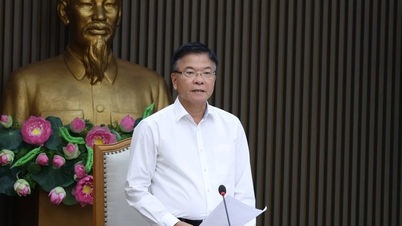

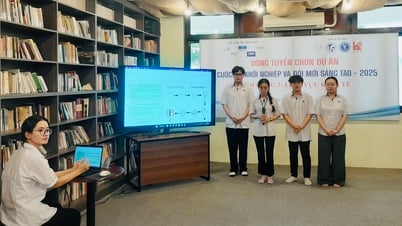















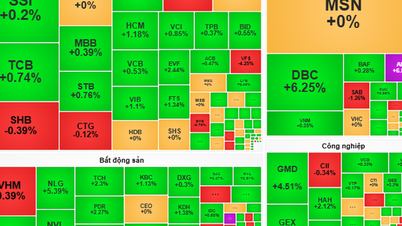
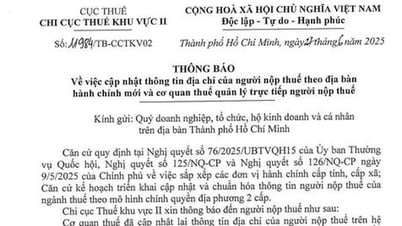




















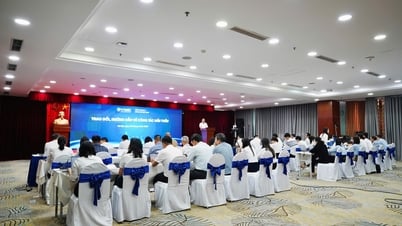




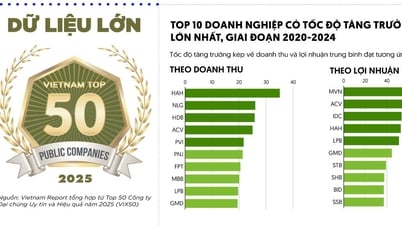


































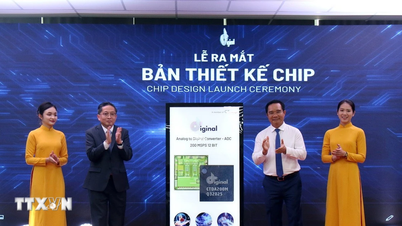





Comment (0)